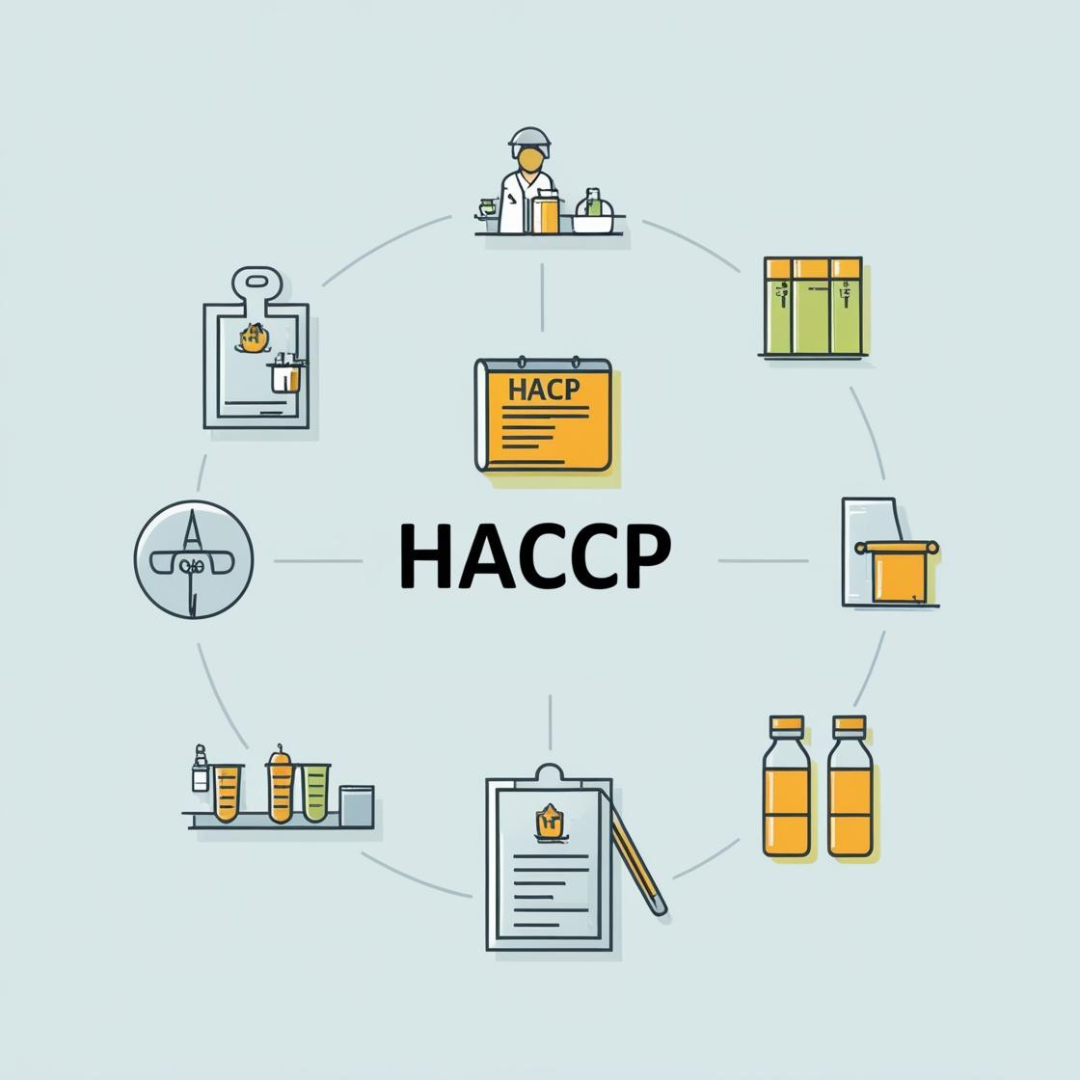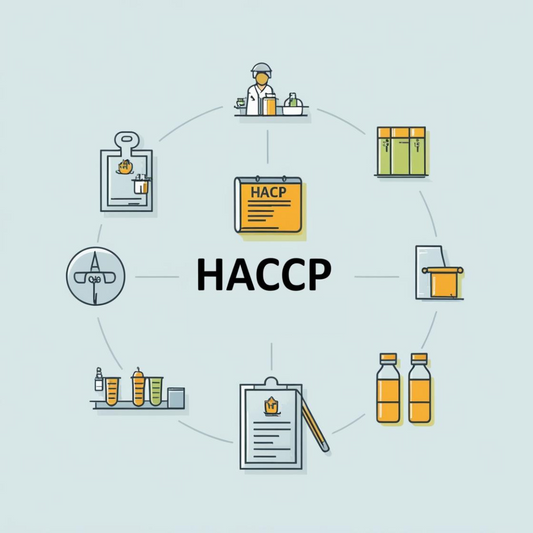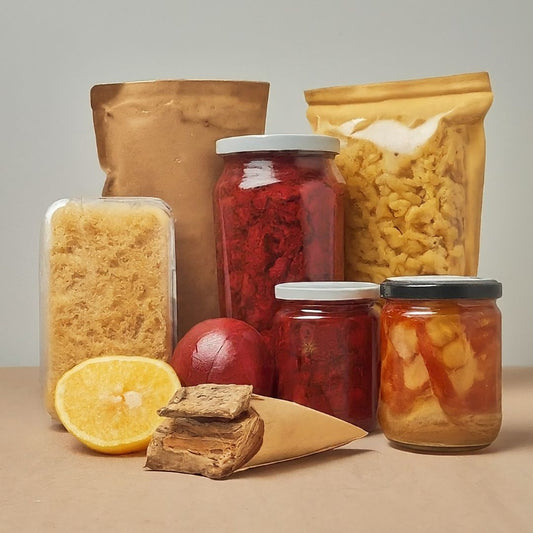Supermarkets have the potential to reduce food loss in India
Share
India, a leading producer of fruits and vegetables, loses Rs 152,700 crore annually due to post-harvest losses, with fresh produce accounting for 37 per cent of the total losses. Preventing post-harvest losses can improve farmers’ income levels, improve access to nutritious food and create more livelihood opportunities while minimising the environmental impact from food loss.
Post-harvest losses occur across the supply chain, from harvesting and processing at the farm level to the distribution stage. As key gatekeepers between production and consumption, retailers can play a crucial role in reducing food loss and food waste, especially for the highly perishable fresh produce.
Understanding the retail sector
India is one of the leading global retail markets, with the food and grocery segment holding a 65 per cent market share. The food retail sector in India is largely dominated by unorganised retailers (93 per cent), including kirana (grocery) stores and street vendors. Only seven per cent of this segment is organised food retailers; that includes physical stores, supermarkets and e-commerce. With growing urbanisation, the organized retail sector is experiencing unprecedented growth and changing the patterns of food distribution. Supermarkets in India now offer a wide range of fruits and vegetables sourced from various regions and through multiple platforms. From quick deliveries to freshly harvested produce, consumers have more choices than ever. However, their preference for fresh produce is largely driven by visually appealing choices.
In developed countries, supermarkets dominate the food retail sector and have long relied on visually appealing produce, closely resembling what is idealised in advertisements and positioned as a marker of superior quality. Although India’s organised retail sector remains small, it is expanding rapidly. This transformation phase presents a crucial opportunity to minimise food loss and waste through innovation and learning.
This article explores some of these opportunities:
The Good
Supermarkets source fresh produce from multiple channels, including mandis (wholesale markets) and traders or directly from farmers. Research suggests that purchasing directly from farmers eliminates the role of intermediaries, resulting in higher incomes for farmers as compared to when they sell their produce to local retail markets. Supermarkets also pay more for fresh produce based on size, visual appeal and uniformity compared to unorganised retailers. Additionally, with the use of technology-based solutions for forecasting, traceability and demand planning, supermarkets optimise their supply chain, leading to lesser food loss in their business operations.
The Bad
Indian supermarkets have stringent quality standards that may reject fresh food based on its appearance. Most leading supermarkets accept only Grade A, which is usually the best produce in terms of its uniformity, desirable size, colour and appearance. For example, tomatoes smaller than the desired size or with uneven ripening are often rejected and referred to as suboptimal quality, though they are equally nutritious and safe to consume. Some farmers sell rejected produce to unorganised retailers, while others discard it to avoid transport costs, leading to food loss. This particularly impacts small and marginal farmers (constituting 86 per cent of India’s farmers), who bear the cost of disposing off the rejected produce. This wastage of perfectly good food also wastes valuable land, water and other resources used in food production.
The Ugly
Organised retailers cater to consumer demand and play a role in influencing their consumption behaviour, which can sometimes prove detrimental. Research suggests that consumer food preferences are shaped by familiarity. Marketing visually appealing food as superior quality can be misleading; it can create mistrust towards the ‘not so-good-looking’ produce, reinforcing the demand for only perfect-looking fruits and vegetables. In the long run, this trend is likely to become a serious concern, as seen in developed countries.
What next?
Indian retailers can learn from global supermarkets and adapt their models to local contexts. As supermarkets continue to expand in India with spacious layouts and an attractive range of products, retailers must recognise their influential positioning in the food supply chain. They have the power to counter food loss and food waste trends, create awareness among consumers and shift mind-sets towards less-than-perfect-looking but equally healthy fresh food. This approach will benefit multiple stakeholders: farmers can sell more produce and earn better incomes; retailers can easily procure food based on improved standards; and consumers will benefit through fair food prices. Reducing food loss requires participation from consumers, who must recognise that fruits and vegetables that do not fit the ‘look test’ can be equally nutritious and safe to consume, often at lower prices as a bonus.





